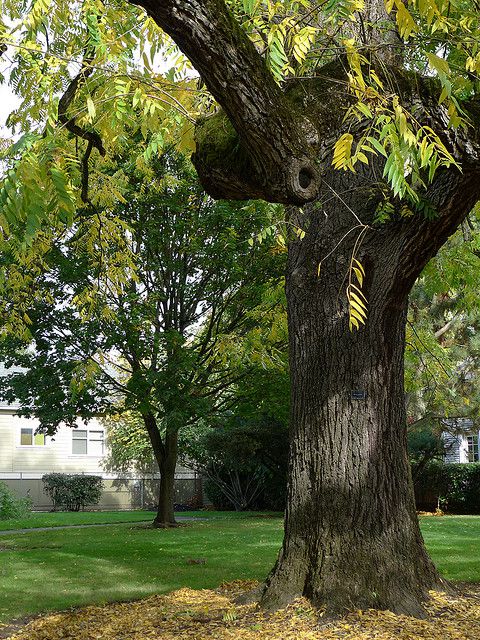-
 Phoneme
Phoneme
-
 Autostereoscopy
Autostereoscopy
-
 Beta-thalassaemia
Beta-thalassaemia
-
 Actin
Actin
-
 Holothurian
Holothurian
-
 Combustion
Combustion
-
 Buddleja davidii
Buddleja davidii
-
 Obesity
Obesity
-
 Human papillomavirus
Human papillomavirus
-
 Honey locust
Honey locust
-
 TTP
TTP
-
 ADEME
ADEME
-
 Antiparkinsonian
Antiparkinsonian
-
 Leaching
Leaching
-
 Common channel signalling
Common channel signalling
-
 Outcrop
Outcrop
-
 Phase space
Phase space
-
 Terminator
Terminator
-
 Pike
Pike
-
 Screen printing
Screen printing
-
 Stamping
Stamping
-
 Chelating agent
Chelating agent
-
 Microfluidics
Microfluidics
-
 Telecommunications network planning
Telecommunications network planning
-
 Stencil
Stencil
-
 Caudal
Caudal
-
 Bolide
Bolide
-
 Climate proxies
Climate proxies
-
 Sialography
Sialography
-
 Angular size
Angular size
Black walnut
The black walnut gets its name from the brown colour of its bark, more pronounced than that of its cousin the common walnut. Its height is also more pronounced than that of the common walnut and can reach 35 to 40 m.

Black walnut. © Janet and Phil, Flickr CC by nc-nd 2.0
Names
The black walnut (Juglans nigra), belongs to the Juglandaceae family and is also known as the "Eastern black walnut".
Botanical description of the black walnut
This tree has an ample, ovoid and irregular crown. Its slender, straight trunk and its ascending branches tend to spread out with age. Its dark brown bark is cracked with deep grooves. Its foliage, which gives it a dense shadow, is shiny and pale green. Its deciduous leaves are very large, comprised of 14 to 22 oval leaflets, pointed at the end and rounded at the base. Its flowers appear in April-May in the form of yellowish catkins. Its fruit are round and contain edible nuts which, however, are bitter.

Juglans nigra. © born1945, Flickr CC by sa 2.0
Origins
This species comes from the Eastern United States where it grows abundantly. It was introduced into England in 1686 and since then has grown widely throughout Europe.
Growing conditions of the black walnut
The black walnut is sensitive to springtime frosts, which makes it partial to locations sheltered from the Northern and Eastern winds. This species tolerates calcareous and rocky soil, as long as it is permeable, but still prefers rich and cool soil.
Use
The wood of the black walnut is heavy and consistent, withstands humidity and is valued by cabinet-makers for its lustrous beauty and very dark colour.
Author: Michel Caron
 Black walnut. © Trees of my Neighborhood, Flickr CC by nc 2.0
Black walnut. © Trees of my Neighborhood, Flickr CC by nc 2.0
Latest
Fill out my online form.



